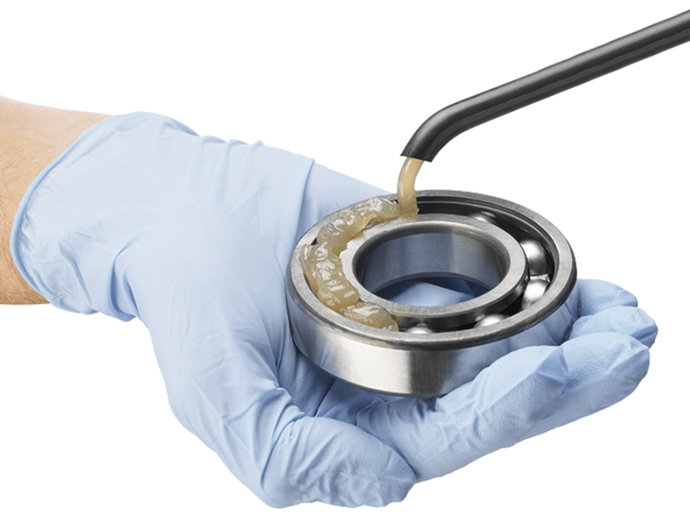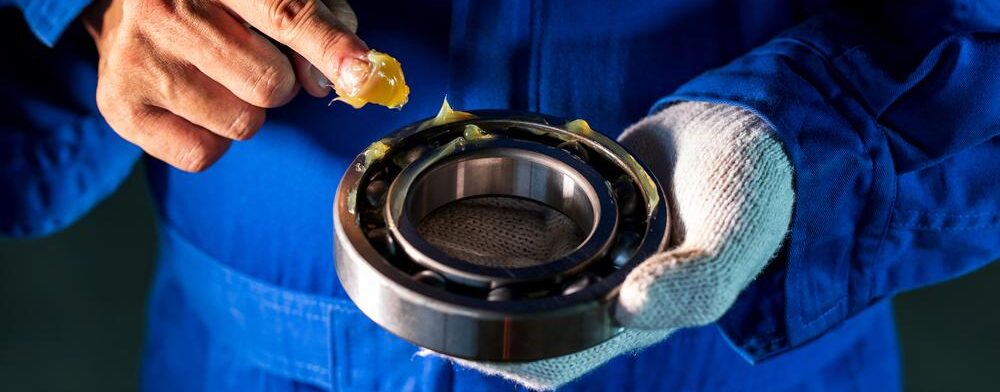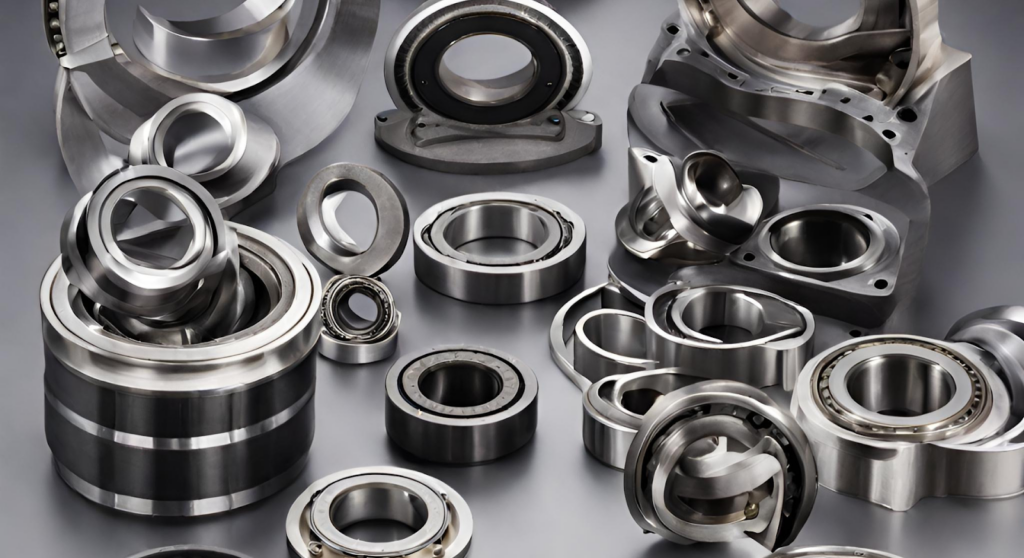Using the wrong bearing lubricant can lead to early failure and unnecessary wear. Learn how to select the right lubricant based on speed, bearing type, and operating conditions.

Let’s talk about the three main types of bearing lubricants: grease, oil, and solid lubricants.
Grease is a mix of oil and a thickener, usually soap. It’s good because it stays in place.So, it protects the bearing from dirt and moisture.
I often suggest grease for bearings that are hard to reach or need less maintenance. Jacky in Canada would find it useful for machinery in remote locations.
Oil lubricants are better for high-speed applications because they cool the bearing while lubricating it. There are different types of oil, like mineral and synthetic oils. Synthetic oils perform better at extreme temperatures.
If you need to dissipate heat effectively, oil is the way to go.
Lastly, solid lubricants like graphite or molybdenum disulfide are used in very harsh environments.
I’m talking about extreme temperatures or high vacuum conditions. These lubricants create a slippery layer between the bearing surfaces; however, their cooling and cleaning properties are limited.
Now, let’s look at what affects the choice. I will share my understanding and experience in the mold industry. This should help you pick the right lubricant.
Types of Bearing Lubricant and Their Applications
Common lubricants include greases, oils, and solid lubricants. Greases are good for slow speeds and heavy loads. Oils excel at high speeds and cooling. Solid lubricants work in extreme conditions. Understanding these basics will guide your choice.
There are many types of bearing lubricants available. How do you tell what’s best? Each type has different uses.
Common lubricants include greases, oils, and solid lubricants. Greases are good for slow speeds and heavy loads. Oils excel at high speeds and cooling. Solid lubricants work in extreme conditions. Understanding these basics will guide your choice.

Key Factors to Consider When Choosing a Bearing Lubricant
Choosing a lubricant involves many factors. Ignoring these factors results in poor performance. How do you balance them all?
Key factors include operating temperature, speed, load, and environment. High temperatures need high-temperature lubricants. High speeds need low viscosity oils.
Heavy loads need high viscosity lubricants. Dirty environments need lubricants with good sealing properties. Considering these factors helps you make the right choice.

When selecting a bearing lubricant, it’s essential to consider factors such as operating temperature, speed, load, and environmental conditions. Operating temperature has a huge impact on lubricant viscosity.
At high temperatures, a lubricant’s viscosity decreases, reducing its ability to maintain a lubricating film. Therefore, high-temperature applications require lubricants specifically formulated to withstand these conditions.
Also, speed plays a crucial role in lubricant selection. High-speed applications need lubricants with low viscosity to minimize friction and heat generation.
Load is another critical factor. Bearings subjected to heavy loads require lubricants with high viscosity and excellent film strength to prevent metal-to-metal contact and wear.
Jacky needs to keep this in mind when designing components for consumer electronics that require durability.
Lastly, the operating environment significantly influences lubricant selection. In environments with high levels of contamination or moisture, lubricants with enhanced sealing properties are required.
Proper Application of Bearing Lubricant: Step-by-Step Guide
Even the best lubricant fails if applied wrong. What is the right way to apply lubrication? Proper application is key.
Clean the bearing before applying lubricant. Use the right amount—too little or too much is bad. Follow the manufacturer’s instructions. Regular maintenance ensures optimal performance.

Properly applying bearing lubricant ensures the lubricant performs optimally and extends the bearing’s life.
First, thoroughly clean the bearing to remove any old lubricant, dirt, or contaminants.
Then, apply the correct amount of lubricant by following the manufacturer’s recommendations.Too little lubricant can cause friction and wear, while too much can lead to overheating due to churning.
The method of application also matters. For grease, use a grease gun to ensure even distribution. For oil, use an oil can or an automated lubrication system to apply the lubricant directly to the bearing surfaces.
Finally, regular maintenance is essential for optimal bearing performance. Lubricant degrades over time, so it’s important to re-lubricate bearings at recommended intervals. Monitoring the condition of the lubricant also helps you detect potential problems.
In conclusion, choosing the right bearing lubricant boosts bearing life and performance. Consider lubricant types, operating conditions, and proper application.
[^1]: Find out when to use solid lubricants and their advantages in extreme conditions.
[^2]: Learn how load affects lubricant choice and the implications for bearing performance.
[^3]: Explore this link to understand the various types of bearing lubricants and their specific applications.
[^4]: Discover how oils can enhance performance in high-speed applications and their cooling properties.
[^5]: Explore how environmental factors can dictate the type of lubricant needed for optimal performance.
[^6]: Understand the impact of operating temperature on lubricant viscosity and performance.
[^7]: Gain insights into the significance of viscosity in lubricant performance and selection.
[^8]: Discover the best practices for applying lubricants to ensure optimal performance and longevity.

